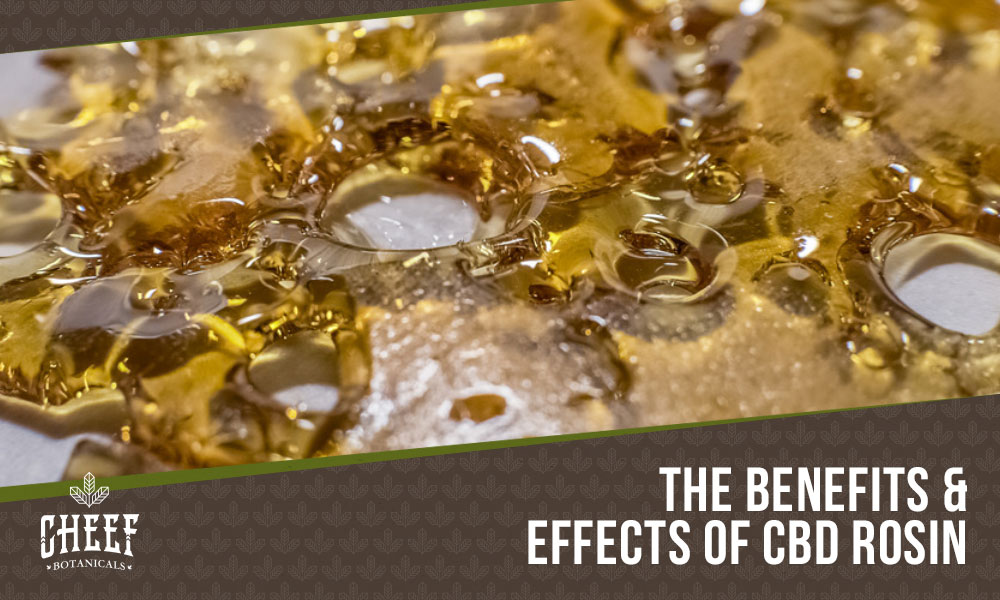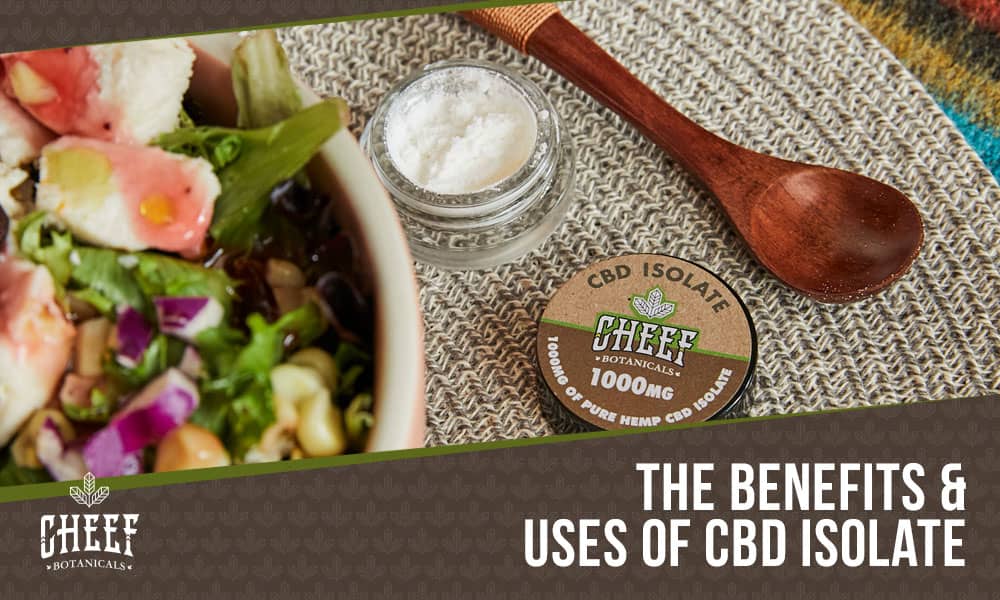Distillate and live resin are two of the most popular types of cannabis concentrates due to their high potency and versatility. If you are new to the cannabis world, you should know what you are looking for before buying something. That's why we're here to settle the live resin vs distillate debate once and for all!
What is the Difference Between Live Resin and Distillate Cake?
Comparison: Live resin and distillate cake primarily differ in their production processes and chemical profiles. Live resin preserves a broader spectrum of the cannabis plant’s compounds, including terpenes, which contribute to its rich flavor and aroma. In contrast, distillate is more refined and typically has a higher THC concentration but lacks the diverse terpene profile found in live resin.
Maximize Your Relief with High-Potency Concentrates – Purchase Now!
What Is Live Resin?
Live resin is a type of cannabis concentrate made fresh from the live cannabis plant. The high potency and terpene content of live resin cannabis concentrates are one of its main advantages. Terpenes are flavorful and aromatic compounds found in hemp plants that contribute to the plant's overall effects.
When compared to traditional concentrates, live resin has a higher terpene content, allowing for a more flavorful and aromatic experience. This can also result in a more pronounced effect as terpenes interact with the cannabinoids to create the “entourage effect“.

How Is Live Resin Made?
Live resin is a cannabis concentrate known for its high terpene content and robust flavor. The process of making live resin involves several key steps using frozen cannabis flowers:
- Harvesting Fresh Cannabis: The process begins with harvesting cannabis plants at their peak maturity to ensure maximum terpene retention.
- Flash-Freezing the Plant Material: Immediately after harvesting, the plants are flash-frozen to preserve the delicate terpenes and cannabinoids. This step prevents the degradation that typically occurs during the drying and curing process.
- Extraction Process: The frozen plant material is then subjected to a solvent-based extraction process, often using butane or propane. The cold temperatures help to maintain the integrity of the terpenes and cannabinoids.
- Purging the Solvent: The resulting concentrate is purged of any residual solvents through a process of gentle heating and vacuuming. This step ensures the final product is safe for consumption.
- Collecting the Live Resin: The purified concentrate is collected and can be further refined if needed. The final product is a sticky, aromatic resin rich in flavor and potency.
This method preserves the full spectrum of cannabinoids and terpenes, resulting in a concentrate that closely resembles the profile of the fresh cannabis plant.
What Is Distillate?
What is cannabis distillate? Cannabis distillate is a purified form of cannabinoid oil made by removing all impurities such as waxes, lipids, and plant matter. This procedure yields a pure, tasteless, and odorless oil high in THC and CBD.
One of the primary advantages of cannabis distillate is its high potency. Cannabis distillates are frequently more than 90% THC, making them one of the most potent concentrates available. Because of their potency, distillates are an excellent choice for people who require immediate and long-lasting relief from their symptoms.

How Is Distillate Made?
Cannabis distillate is a highly refined cannabis extract known for its purity and potency. The process of making cannabis distillate involves several steps:
- Extraction: The process begins with extracting cannabinoids and terpenes from the cannabis plant. This can be done using various methods such as CO₂ extraction, ethanol extraction, or hydrocarbon extraction (like butane or propane).
- Winterization: The crude extract obtained from the initial extraction is then subjected to winterization, a process that removes fats, waxes, and lipids. The extract is mixed with ethanol and placed in a freezer. After some time, the unwanted components solidify and can be filtered out.
- Decarboxylation: The winterized extract is sometimes then heated to activate the cannabinoids, converting THCa into THC and CBDa into CBD, making them euphoric compounds that can be more effective.
- Distillation: The decarboxylated extract undergoes a distillation process. This involves heating the extract in a distillation apparatus to separate the cannabinoids from other compounds based on their boiling points. The main methods of distillation include short-path distillation and wiped-film distillation.
- Purification: The distillate may go through additional refinement steps to remove any remaining impurities and to further purify the cannabinoids.
- Final Product: The result is a clear, highly potent cannabis distillate that can be used in various products such as edibles, vape cartridges, tinctures, and topicals. The distillate can also be further infused with terpenes to enhance flavor and effects.
This process yields a product with a high concentration of cannabinoids, typically exceeding 90% purity, and minimal contaminants.
Differences Between Distillate and Live Resin
The live resin vs. distillate debate boils down to some specific identifying factors that separate the two concentrates. Let's examine each one in detail to see how they compare.
Extraction Process Differences
As mentioned earlier, the main difference between live resin and cannabis distillate is the extraction method to produce each product. Live resin is a cannabis extract from fresh, frozen cannabis plants.
The process involves freezing the plants immediately after harvesting and then extracting the compounds from the plant with a solvent such as butane. This method retains the terpenes and other volatile compounds lost during the drying and curing of traditional cannabis buds. As a result, the aroma and flavor of live resin are more complex and potent than that of traditional hemp extracts.
Distillate, on the other hand, is an extremely pure form of cannabis extract made via the short-path distillation process. This method involves heating the extract to a specific temperature and then separating the various compounds in the extract using a distillation column.
As a result, the hemp extract is highly concentrated and pure, with virtually no impurities. Distillate is easy to work with, so it is easy to incorporate in a variety of applications, such as vape cartridges, edibles, and other infused products.
Potency Differences
Distillate is typically more potent than live resin, with THC levels ranging from 70-99%, whereas live resin has THC levels ranging from 50-80%. As a result, distillate is a better option for those seeking a stronger, more intense high.
Differences In Flavor and Aroma
One of the main differences between live resin and distillate is the taste and aroma. Live resin has a strong and pungent aroma and flavor, whereas distillate is almost odorless and tasteless. As a result, live resin is a popular choice for those seeking a more flavorful and aromatic experience from this cannabis flower. Distillate is best for those seeking a more neutral flavor.
Consistency Differences
Live resin has a sticky, gooey consistency similar to sap or honey, whereas distillate is a thin, viscous oil commonly used in vape cartridges.
Similarities Between Distillate and Live Resin
Live Resin and Distillate are two popular forms of cannabis concentrates, each offering unique benefits. Despite their differences, they share several similarities that make them both attractive options for cannabis enthusiasts:
- High Potency: Both Live Resin and Distillate are known for their high THC content, making them powerful and effective options for those seeking strong effects.
- Versatile Usage: These concentrates can be used in various ways, including dabbing, vaping, and incorporating into edibles, allowing for flexibility in consumption methods.
- Purity and Quality: Both Live Resin and Distillate undergo rigorous extraction processes to remove impurities and deliver a clean, potent product. This ensures users receive a high-quality concentrate with minimal contaminants.
- Enhanced Flavor and Aroma: While Live Resin is celebrated for its rich terpene profile, Distillate can also be infused with terpenes to enhance its flavor and aroma, providing a pleasant experience for users.
- Medicinal Benefits: Both concentrates offer significant medicinal benefits, such as pain relief, anxiety reduction, and improved sleep quality. Their high potency allows for effective symptom management with smaller doses.
By understanding these similarities, users can appreciate the strengths of both Live Resin and Distillate and choose the best option based on their personal preferences and needs.
Final Thoughts – Live Resin vs. Distillate
Live resin and distillate are both great options for individuals looking for cannabis concentrates, but they offer key differences. Live resin provides a high potency and a flavorful and aromatic experience, whereas distillate provides a high potency and a fast-acting and long-lasting effect.
To make an informed decision, consider your personal preferences and needs when deciding between the two. Whether you use live resin or distillate, both products provide a distinct and pleasurable experience that can enhance your overall cannabis experience.


![Live Resin vs. Distillate [Extracting The Differences & Similarities]](http://cheefbotanicals.com/cdn/shop/articles/1-1-e1675154087587_1d8cda05-aec8-4638-9cac-b2c7bedac7bf.jpg?v=1747176734&width=1500)
 CBD Gummies - Top Seller
CBD Gummies - Top Seller
 CBD + THC Gummy - Excellent Choice
CBD + THC Gummy - Excellent Choice
 CBD Hemp Flower - Highly Rated
CBD Hemp Flower - Highly Rated
 Full Spectrum CBD Oil - Good Value
Full Spectrum CBD Oil - Good Value



Leave a comment
This site is protected by hCaptcha and the hCaptcha Privacy Policy and Terms of Service apply.